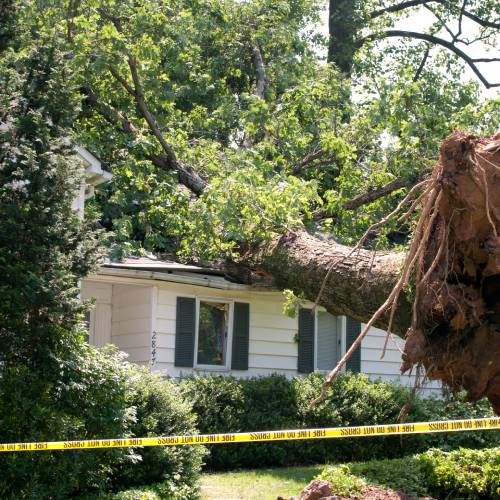When the skies darken, and the winds pick up speed, the first thoughts of homeowners and property managers turn to the structures they care for or oversee—their homes and properties. From coastal communities expecting the wrath of hurricanes to the heartland bracing for tornado season, severe weather can have dramatic, immediate effects on residential properties.
Understanding and preparing for these effects is not just prudent; it’s a crucial part of property stewardship. Below, we illustrate how severe weather can affect your residential property and highlight the consequences of lingering damage.
A Prelude to the Storm
The potential for severe weather exists across the globe, and each type brings unique challenges. Storms are aggressive on your property’s integrity, hurricanes can sweep in with devastating force, and tornadoes can reduce to fragments that took years to build. No matter the type, these climatic events possess the power to impact homes profoundly.
The Power of Nature Unleashed
Storms like thunder and hail can pummel your home’s exterior and chip away at its protection. With their fierce winds, hurricanes can uproot trees that can crash down on homes. And in tornado-prone areas, homes can separate from their foundations. Heavy rainfall and snow can lead to leaks, backlogged drainage systems, and snow accumulation that can stress roofs and structures.
Post-Deluge Reflections
Following the dramatic crescendo of a severe weather event, the narrative of impact continues. Water damage can lead to immediate inconveniences—power outages, submerged basements, and leaky ceilings. However, the more insidious threats of mold and structural degradation quietly take root, often in homes’ dark and unnoticed corners.
Mold and Mildew: The Stealthy Menaces
If your property experiences roof damage after a storm, this could be the prime reason you’re finding mold in your home. Similarly, your home’s structural integrity may have experienced significant damage.
A Pathway Toward Resilience
Preparation is key in the fight against severe weather. From ensuring proper drainage around your property to selecting wind-resistant building materials, there are steps you can take to bolster your home’s defenses.
Battening Down the Hatches
Start with inspecting and shoring up the critical elements of your home—the roof, windows, and entry points. Consider reinforcing structures with storm shutters or impact-resistant glass. Beyond the physical reinforcements, understanding your insurance coverage and establishing a relationship with a reputable contractor post-event can smooth the recovery process significantly.
Navigating the Recovery Process
Dealing with post-storm damage is disorienting, but it’s manageable with a clear plan and proper support. Engage with your insurance provider early, document the damage thoroughly, and prioritize safety in all your recovery efforts. You may consider emergency tree removal services as the first step in your cleanup process to help you see where to focus your efforts.
Your property’s resilience in severe weather conditions isn’t just about being reactive in the event of a storm; it’s about being proactive every day. By taking a deliberate approach to understanding the potential risks and taking steps to mitigate them, you can ride out the storms with greater assurance and emerge on the other side with your home and your peace of mind intact. Remember, severe weather can do a number on a residential property, but you have the power to reduce these effects in the little things you do every day.

